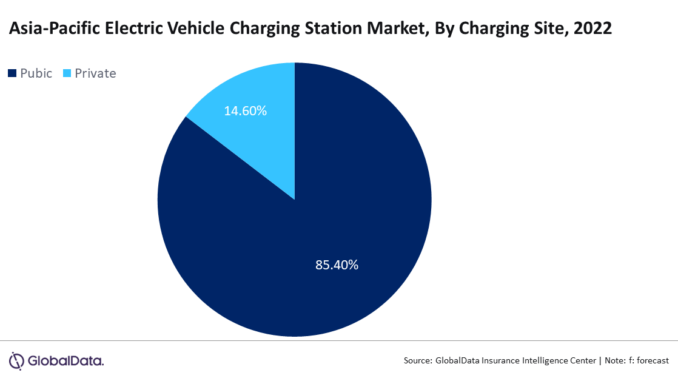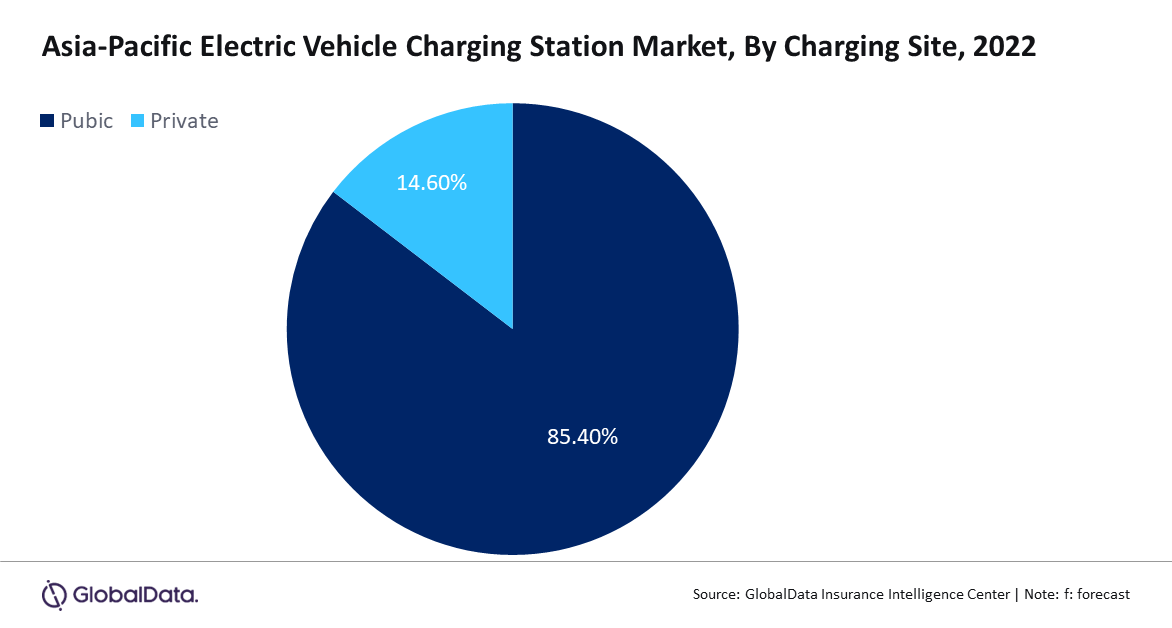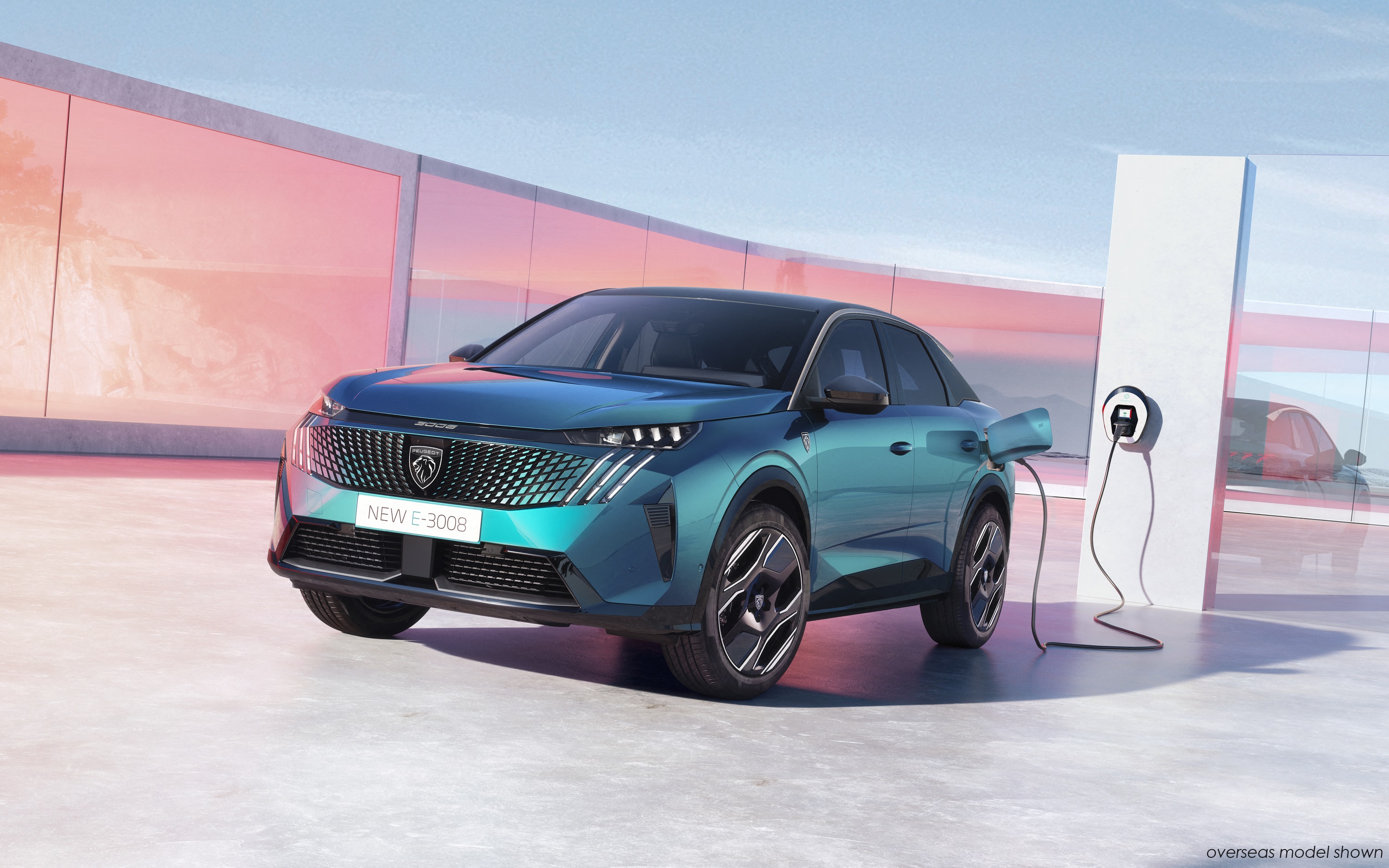
APAC – In recent years, interest in electric vehicles (EVs) as a cleaner and more effective substitute for conventional internal combustion engine vehicles has grown significantly.

The shift to EVs is forecast to accelerate due to improvements in battery technology, an expanding network of charging infrastructure, supportive government policies, increasing consumer awareness, advancements in technology, and rising customer demand. As a result, the Asia-Pacific (APAC) electrified vehicle market is estimated to reach 23.8 million units by 2026, registering a compound annual growth rate (CAGR) of 25.6% over 2021-26*, according to GlobalData, a leading data and analytics company.
According to GlobalData, the APAC region leads the global electrified vehicle market, accounting for 11.7 million units in 2022, dominated by China.
Lucy Tripathi, Senior Automotive Analyst at GlobalData, comments: “APAC countries need to expedite the construction of charging infrastructure to accommodate the market expansion and the emergence of e-mobility. Convenient and affordable publicly accessible chargers will become increasingly important as EVs scale up. To help address this, governments have provided support for EV charging infrastructure through measures such as direct investment to install publicly accessible chargers or incentives for EV owners to install charging points at home.”
The Indian government’s $3.2 billion incentive program, which has drawn $8.3 billion in investments, is helping the country’s EV and component manufacturing ramp up. To promote the adoption of EVs, Thailand, and Indonesia are also improving their policy assistance programs, which might be a great lesson for other emerging market economies.
Tripathi continues: “When it comes to directing business strategy towards electrification and facilitating consumer uptake, the policy has played a particularly important role. In today’s major EV markets, like China, early adoption was frequently accelerated by government programs to boost demand, like vehicle purchase incentives. In China, direct incentives for automakers were also applied. While striving to address other EV supply chain issues, some governments in important markets have raised their targets for EV adoption, including through legislative assistance to produce vehicles and batteries as well as crucial mineral supply chains.”
To enable the energy transition and, more broadly, to keep up with the rate of demand for clean energy technology, mining, and processing of the essential minerals will need to rise quickly, as has already been observed for lithium. Accelerating innovation can be beneficial, for example, by supporting the adoption of car models with optimized battery sizes and the growth of battery recycling. These new battery technologies also require less of certain essential minerals.
Tripathi concludes: “Given current price increases for battery materials, reducing the requirement for essential resources will be crucial for the supply chain’s sustainability, resilience, and security. There are increasingly more new lithium-ion substitutes available. The supply chain for EVs is growing, but manufacturing is still mostly regional, with China dominating the trade in batteries and EV parts. To increase resilience through diversification, EV supply chains should be at the forefront of EV-related regulation.”
* GlobalData Automotive Intelligence Canter – Global Sector Overview & Forecast – Electrified Vehicles, accessed in May 2023



Be the first to comment